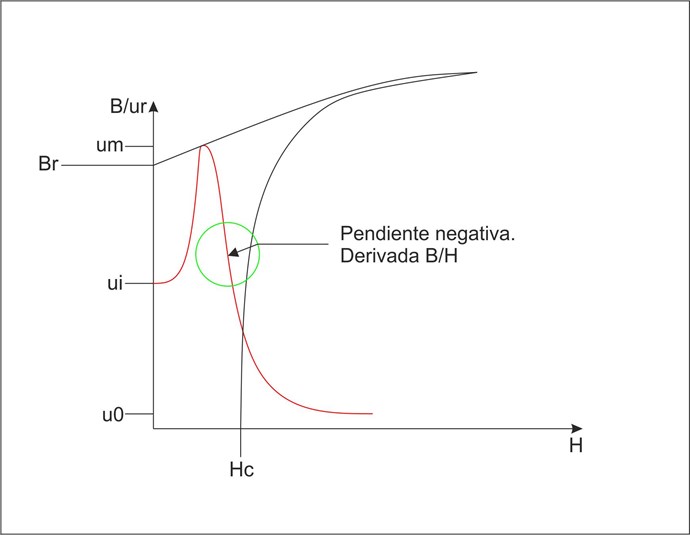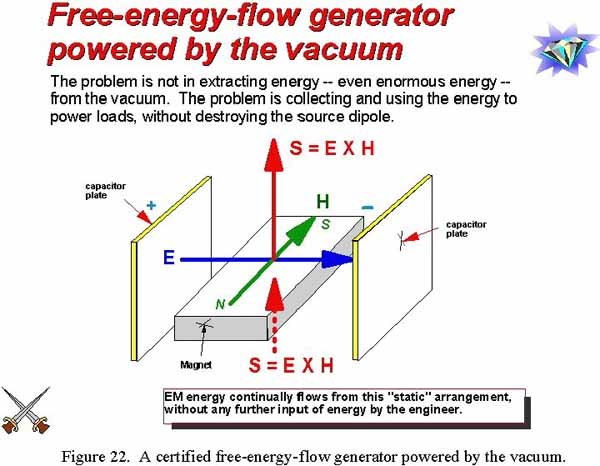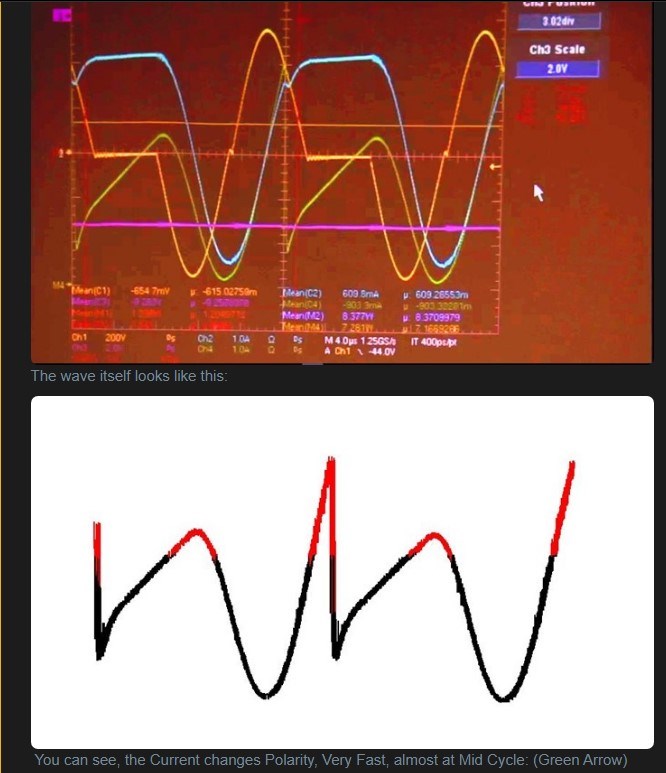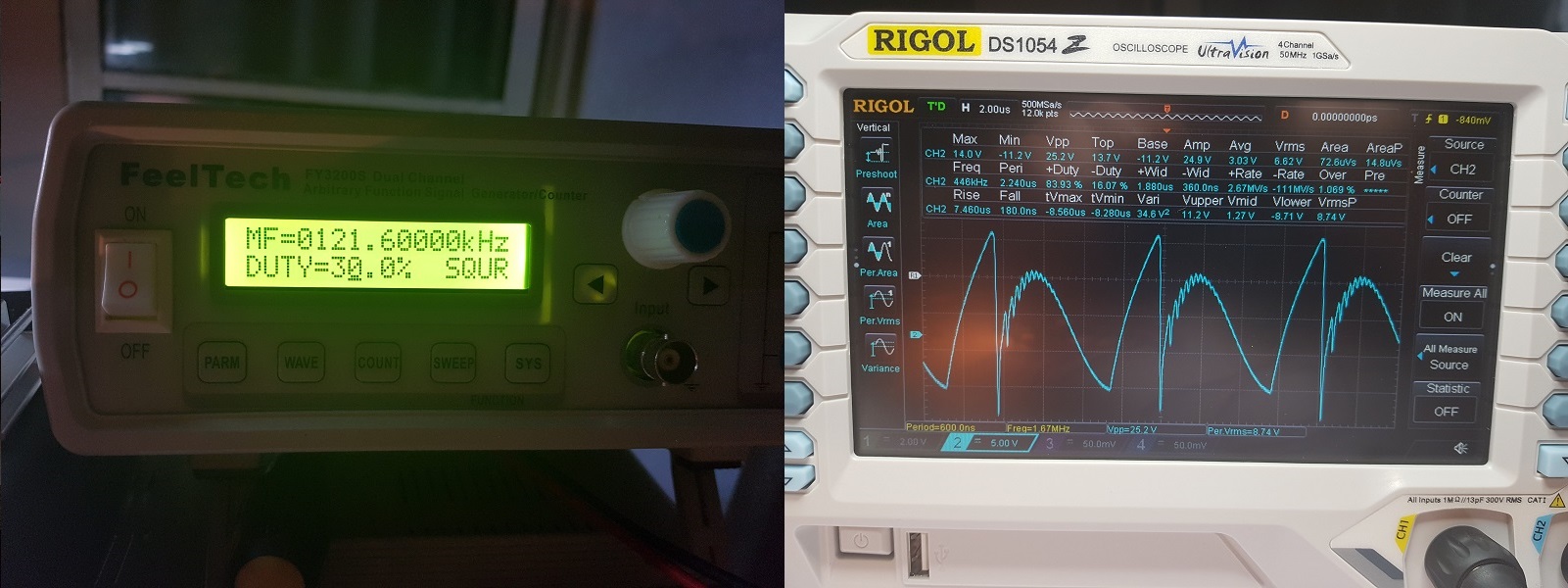Fighter
posted this
16 September 2019
So yesterday and today I worked on replacing the MOSFETs in my driver and also upgrading the cooling system (making it active with coolers).
Unfortunately the electronics store I'm buying from don't have IRFP250N anymore, so I bought few pieces of IRFP250:
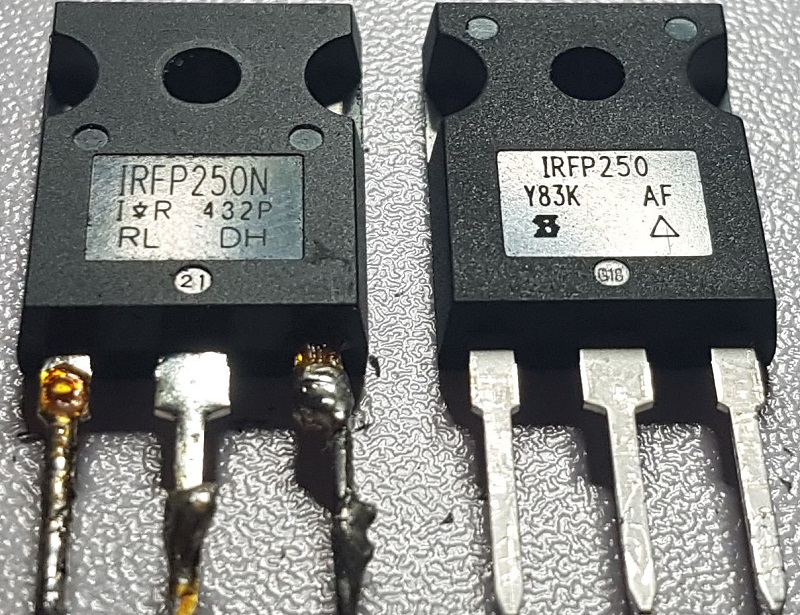
The active cooling system seems to be its job well, before I needed to make pauses after 5 minutes while doing experiments to give time to the MOSFET driver to cool down, now I let it run about 30 minutes and when checking the radiator from inside of the driver it was just warm, not extremely hot like it happened before after just 5 minutes.
Below are few images made during the MOSFETs replacement and cooling system upgrade:
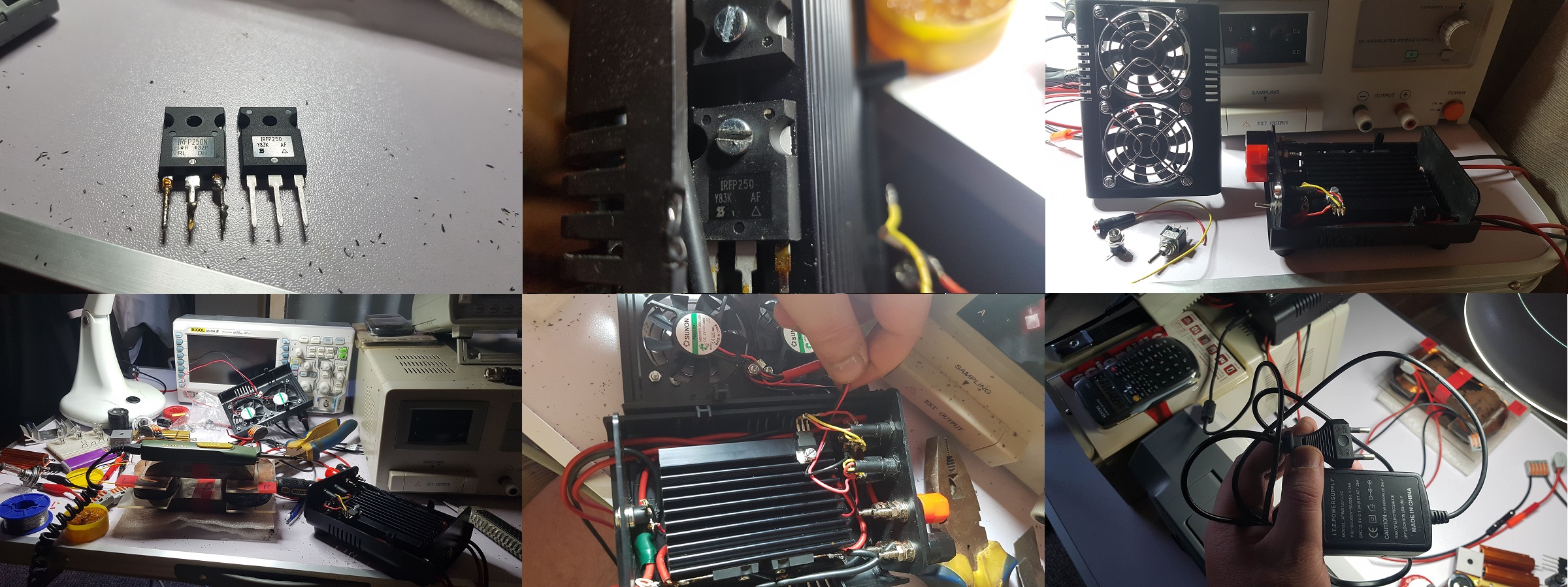
The coolers are powered separately from a 220V/12V DC power adapter so they don't interfere in any way with the experiments. Basically (as you can see in the previous images) the 12V DC power is coming to the backside of the MOSFET driver and through a jack the power is going to the front panel to a second switch which allows me to turn on or off the coolers. When that switch is turned on it's powering a second red LED (visual indicator showing me when the coolers are running) and also the two coolers.
So this is how it looks now:
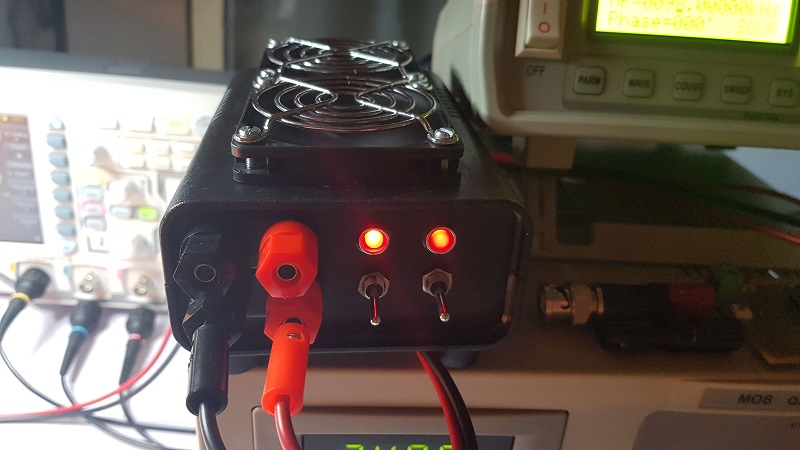
to analyze the data and the behavior of ZPM with different parameters.
About the new MOSFETs, considering the switching timing differences between MOSFETs even between those from the same series I was afraid that changing them could affect ZPM's behavior and even would be possible to not be able obtain on output its specific waveform.
Fortunately the waveform is still there, this is a test with a 12V/55W light-bulb:
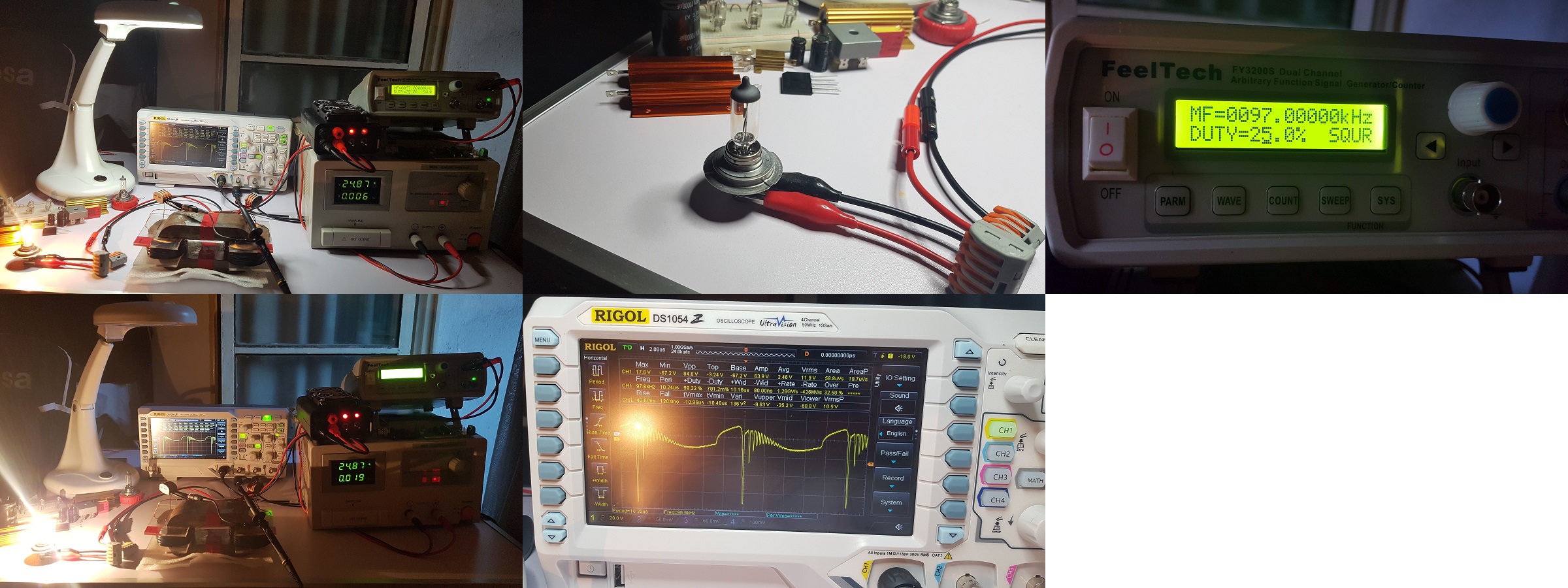
and this is a test with 2 x 12V/55W light-bulbs:
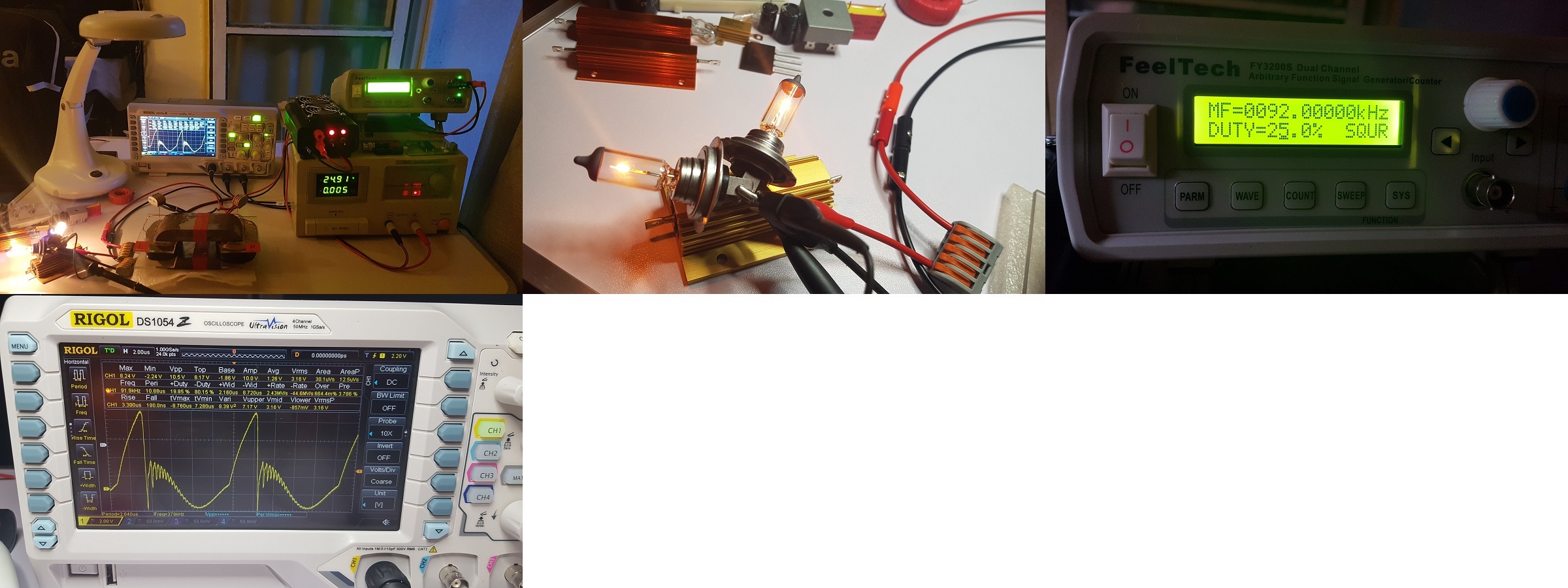
But there is a downside of this, the switching performance of the new IRFP250 MOSFETs seems to be lower, they moved the optimum frequency down with about 24 KHZ, now the optimum frequency for a 12V/55W light-bulb on output is going down to just 97 KHz (check in previous images) while before with IRFP250N the optimum frequency was 121 KHz (below is an older image):

Also you can notice the output waveform for 12V/55W light-bulb is different now, not like it was before with the older MOSFETs.
I don't like this as I know ZPM like to run at frequencies over 100 KHz, probably I will replace the current MOSFETs with the ones from Cree/WolfSpeed when they will arrive and I'll have some free time.
Except this, the next thing I will work on when I'll have some free time is to start using Vidura's PowerSwitches commanded by my signal generator, on this I'm still reading the tutorial and the details posted by Vidura.
I'm thinking to put some of those Cree/WolfSpeed MOSFETs on Vidura's PowerSwitches too, but first I'll learn to use them as they are now commanded by my signal generator.
| "If you want to find the secrets of the universe, think in terms of
energy, frequency and
vibration." |
|
|
Nikola Tesla |
